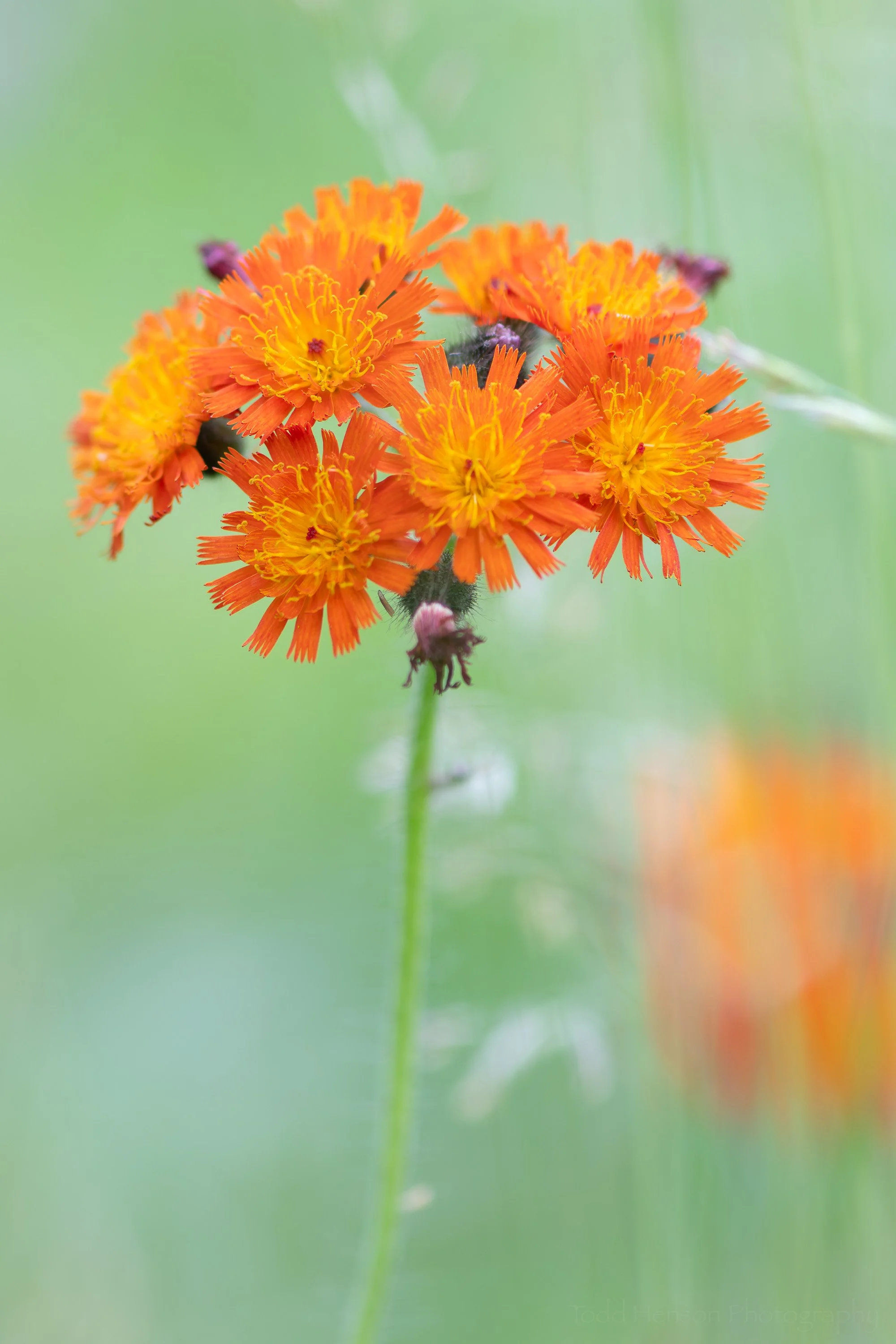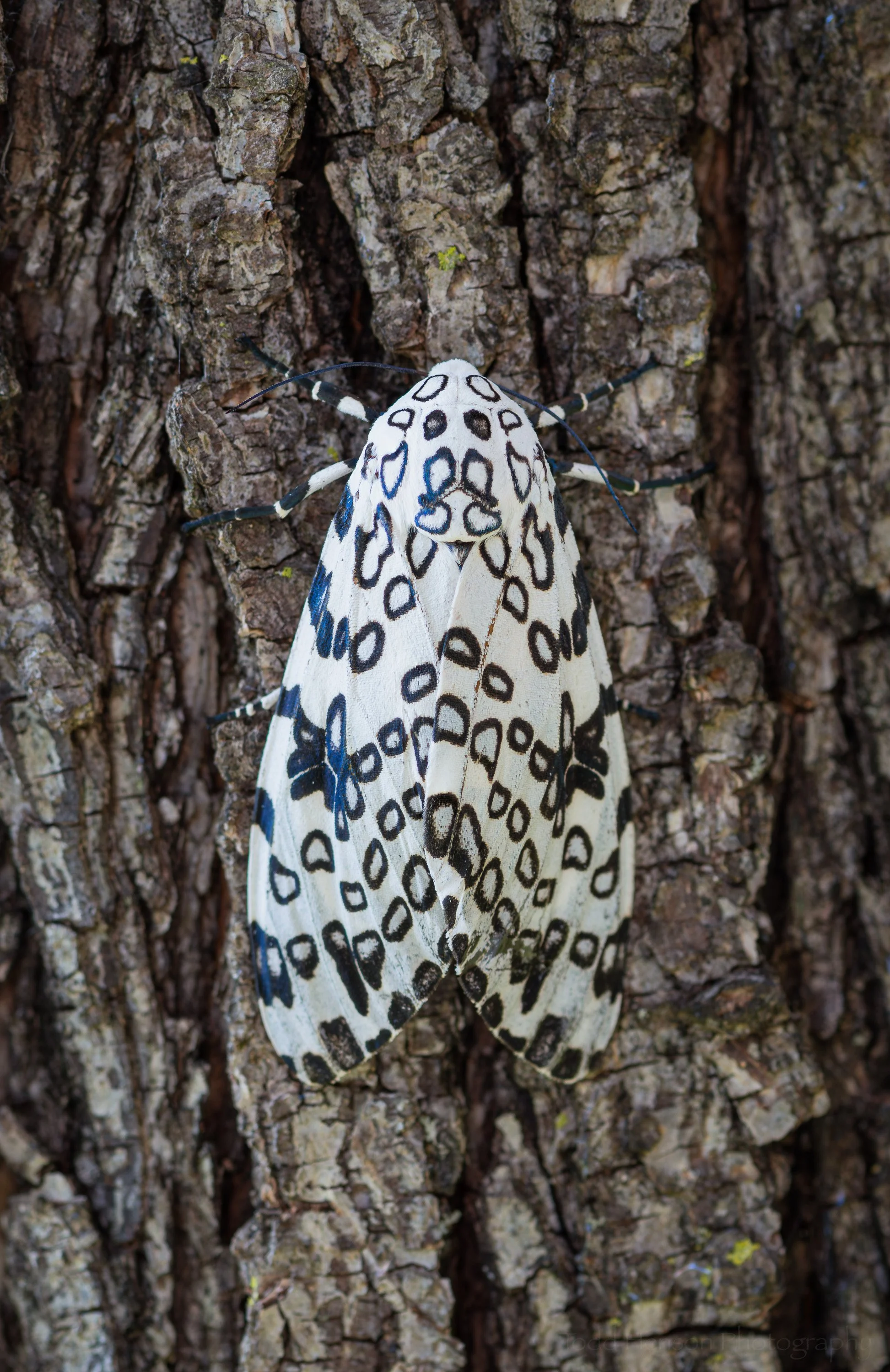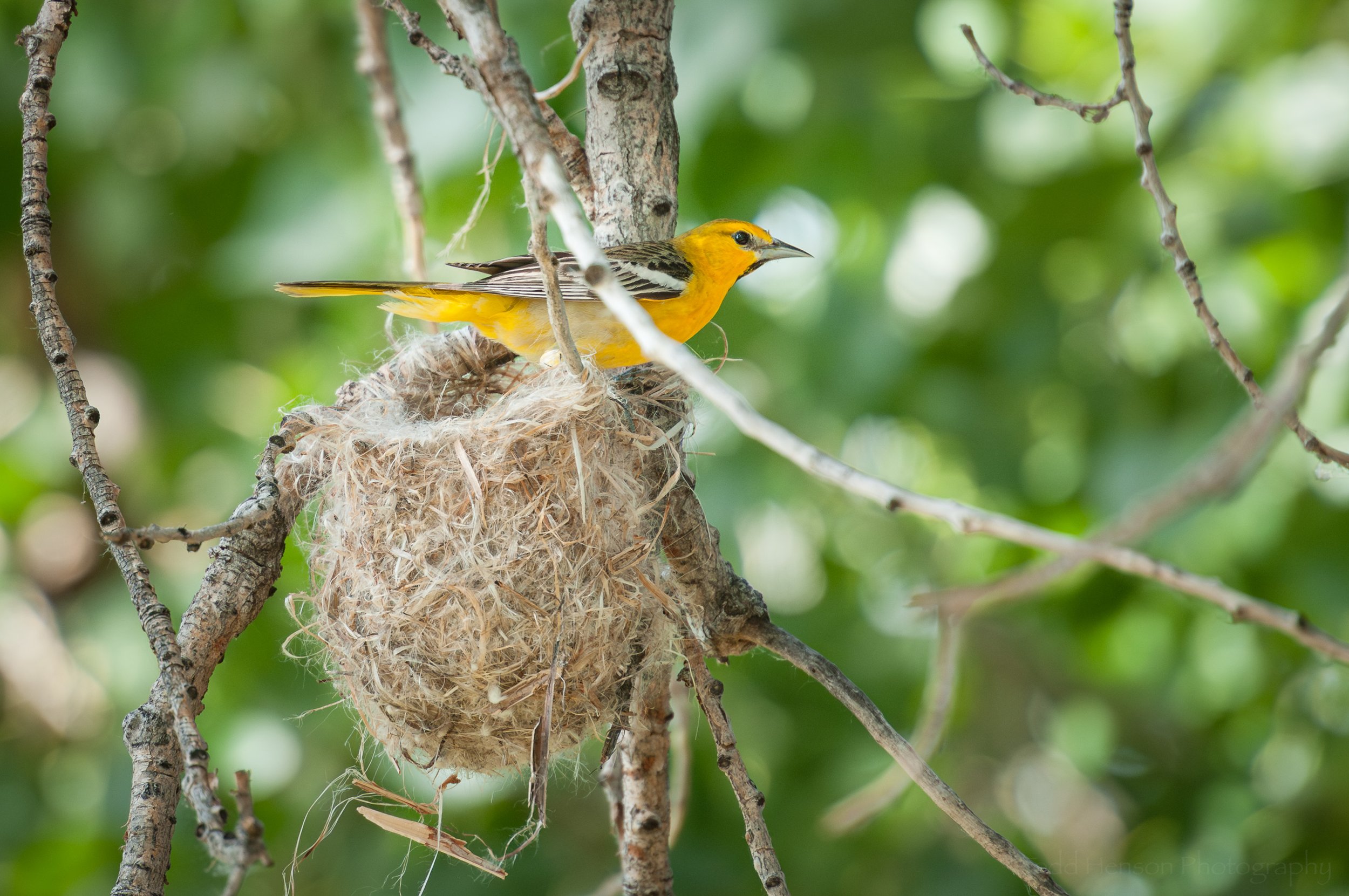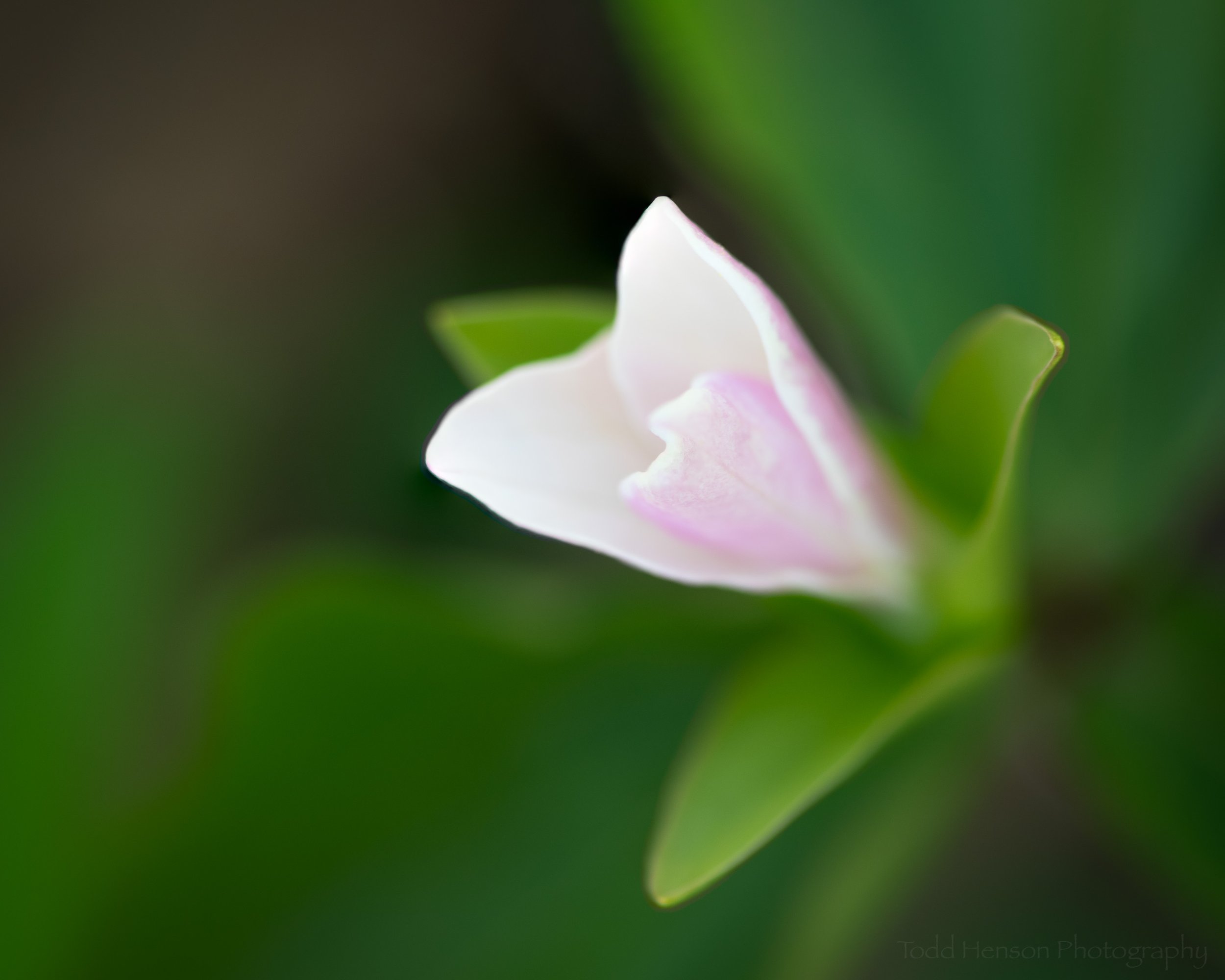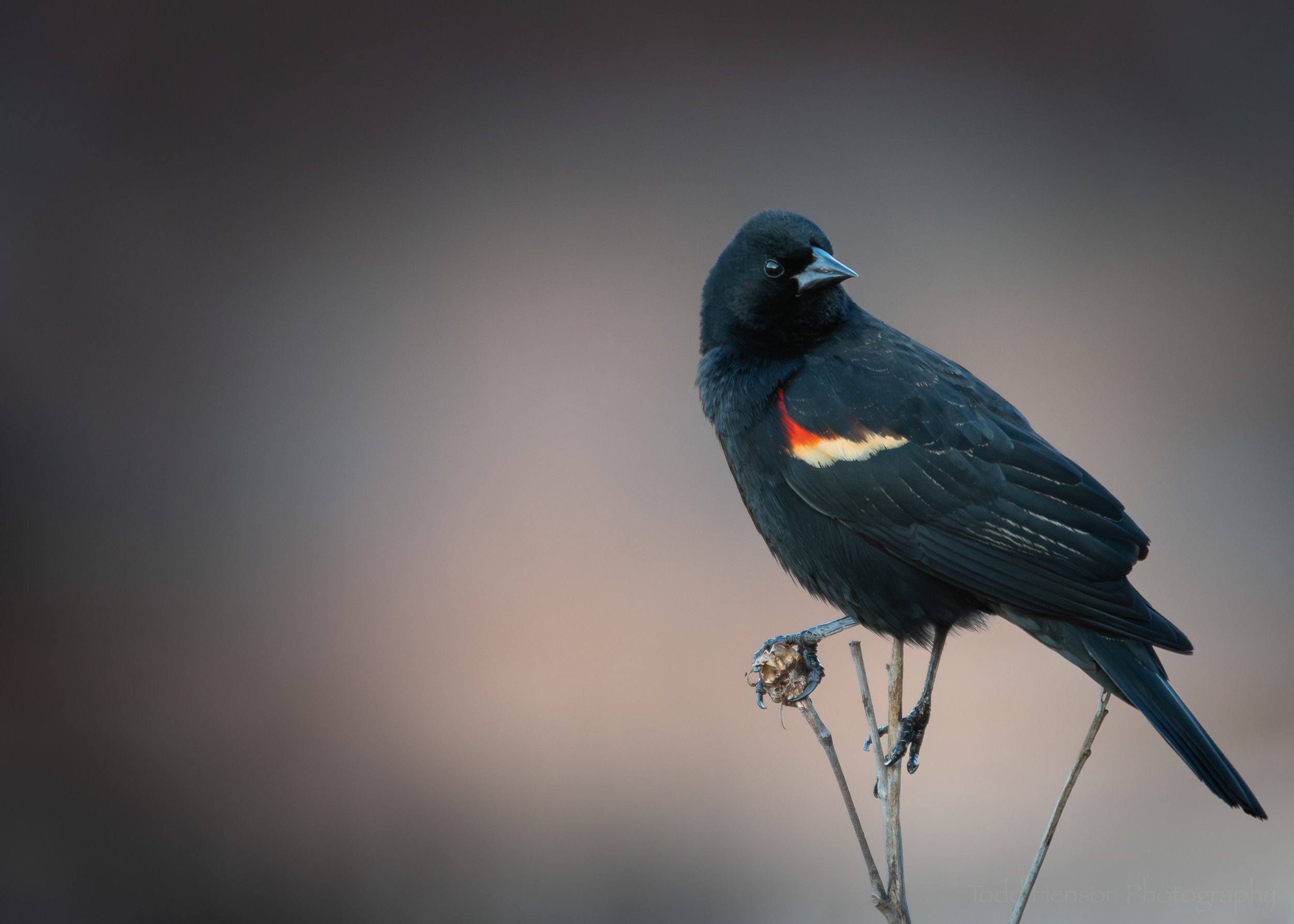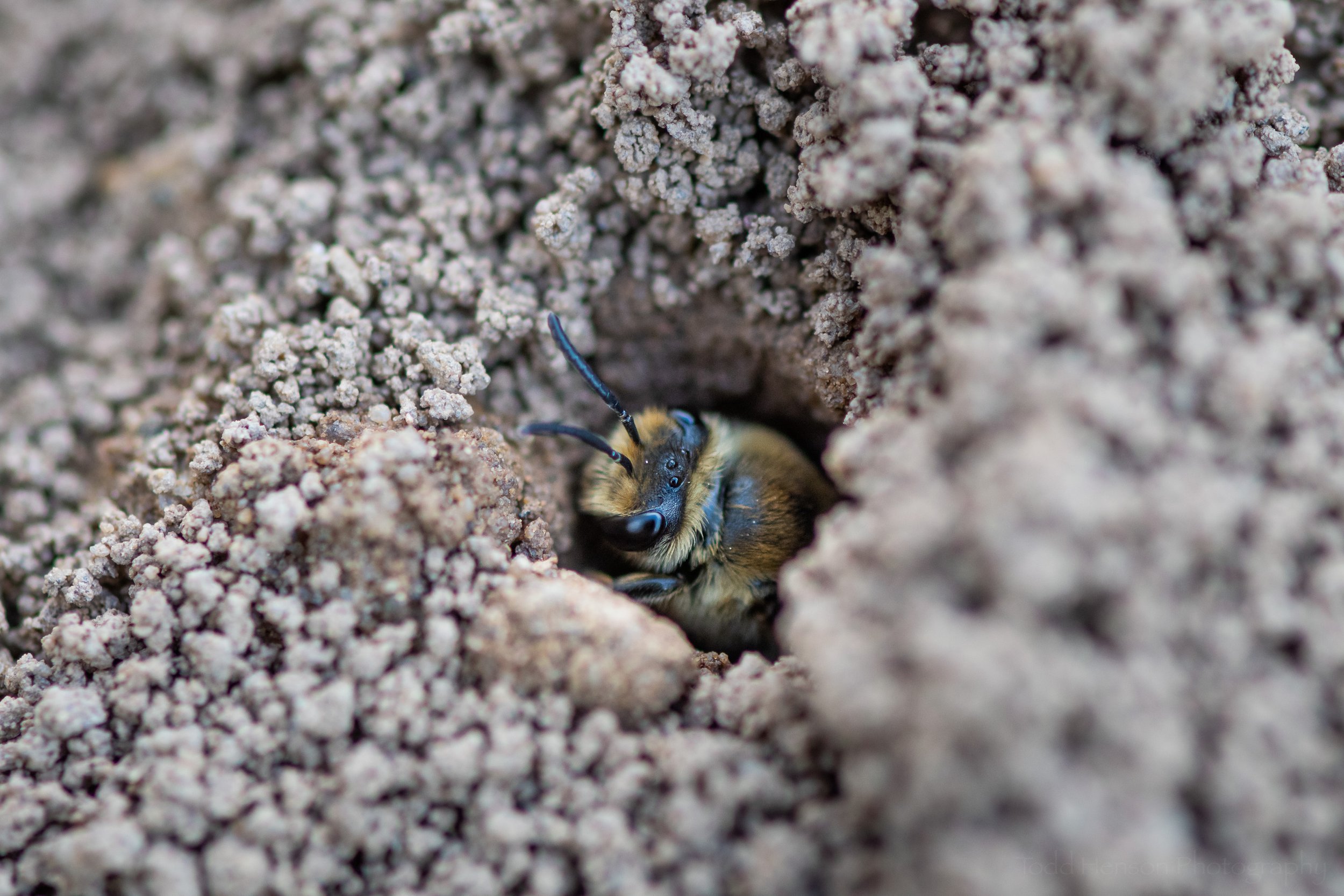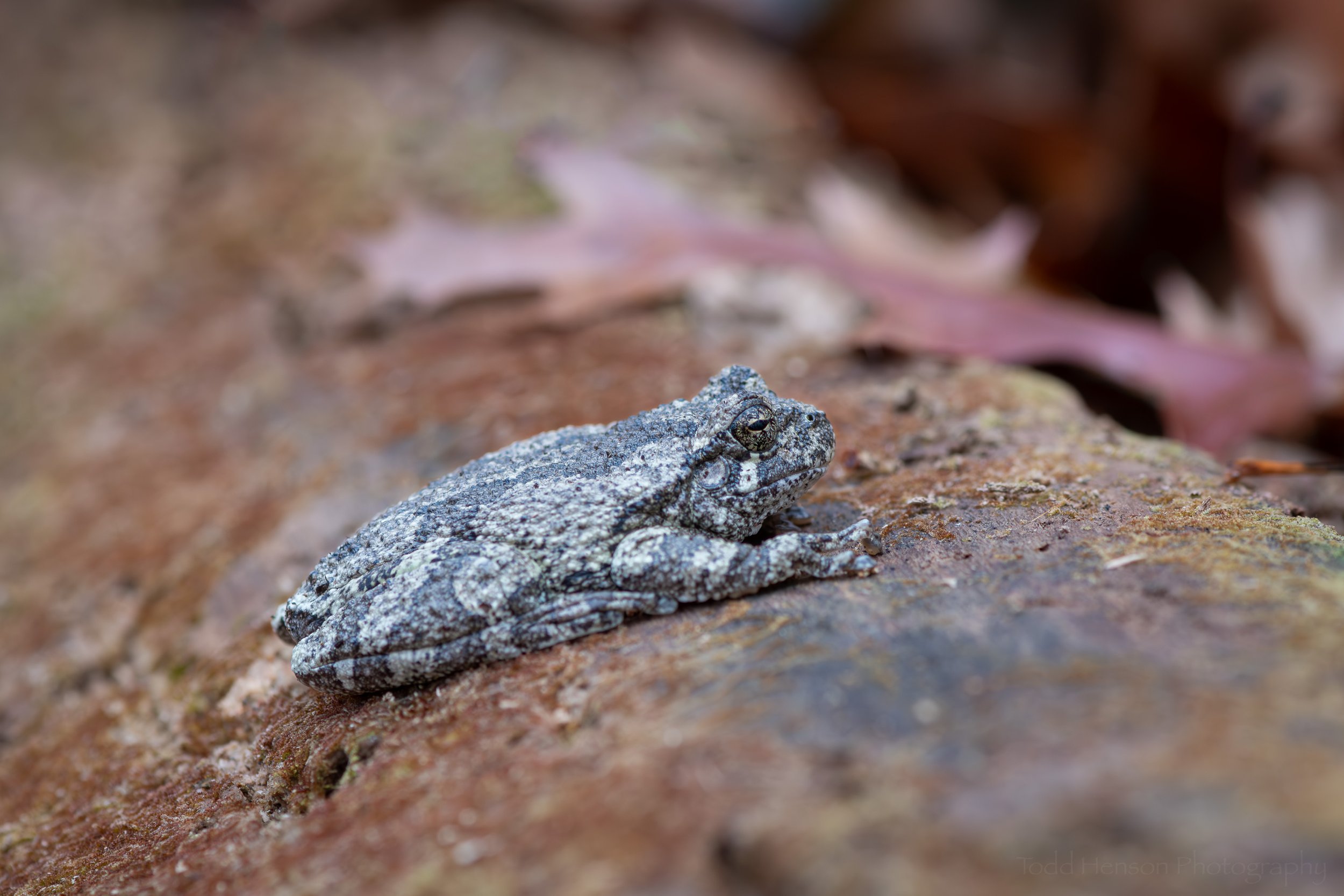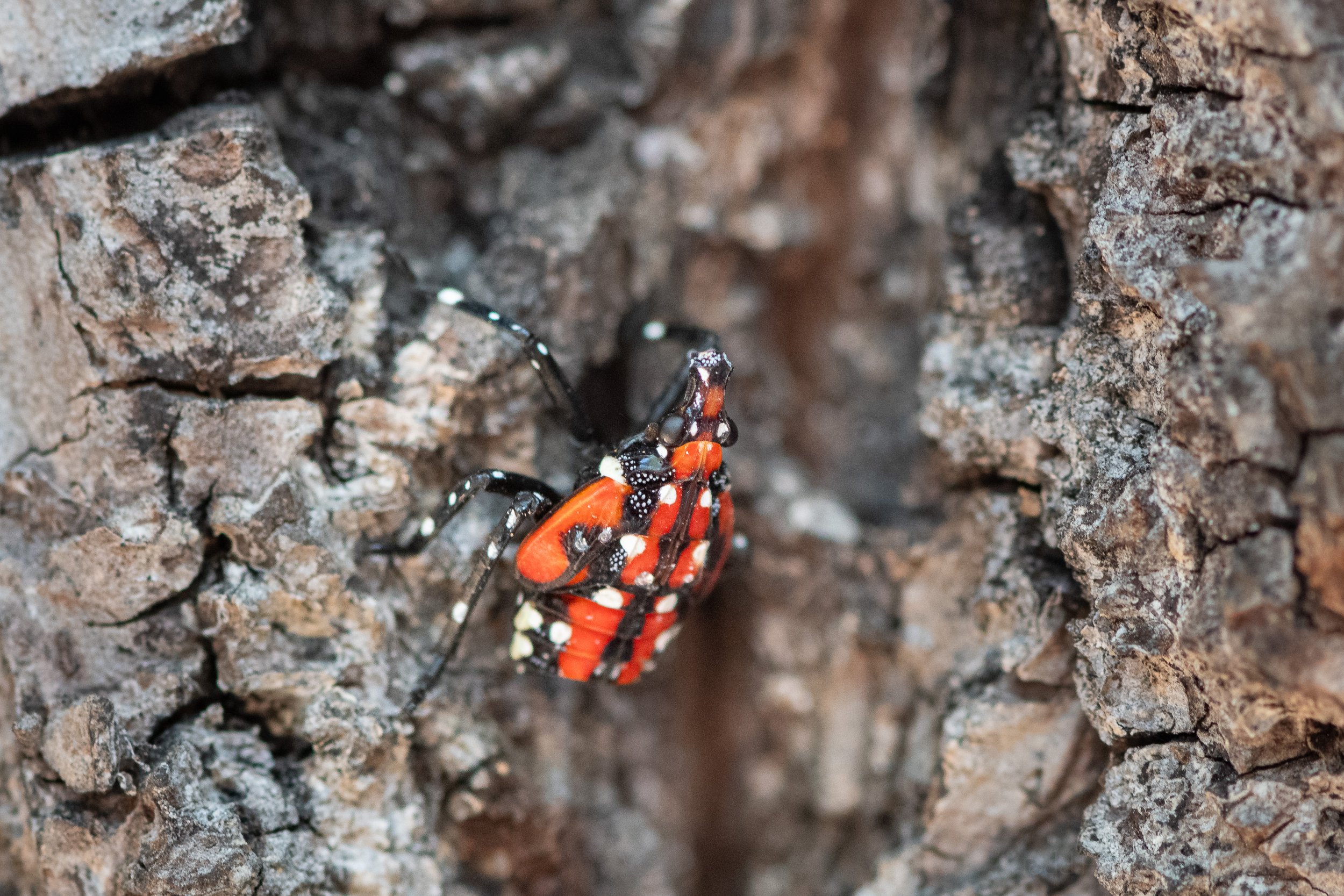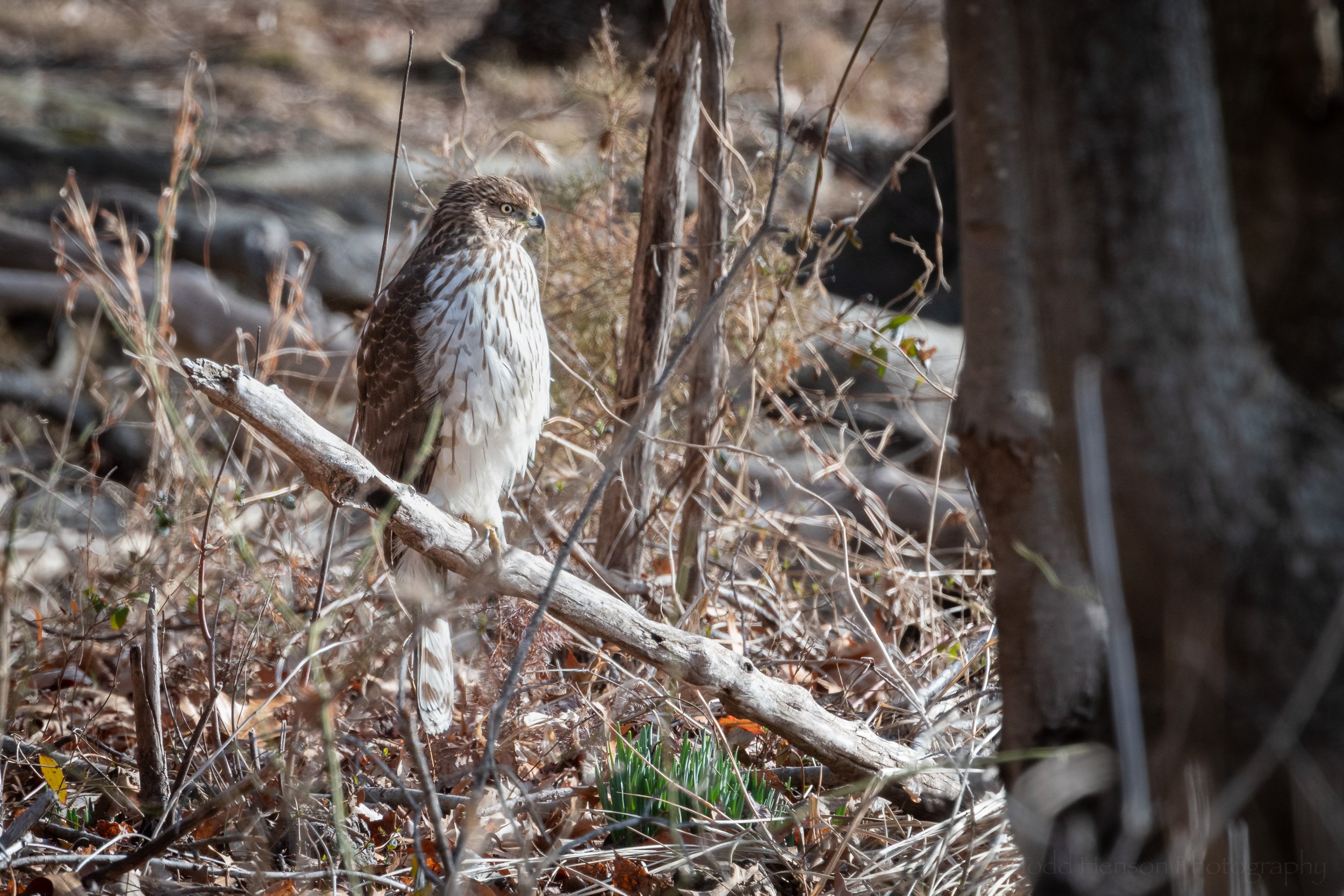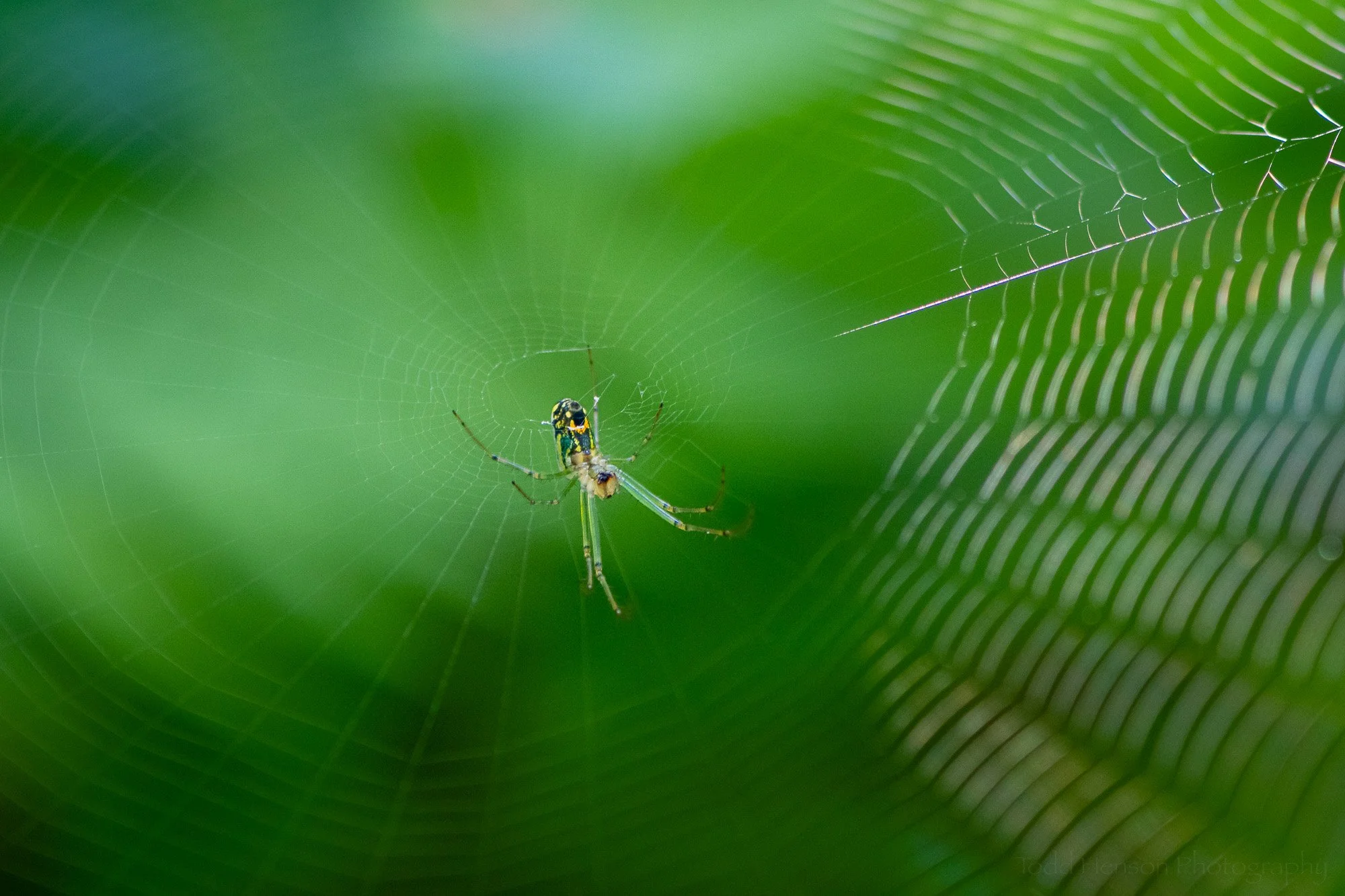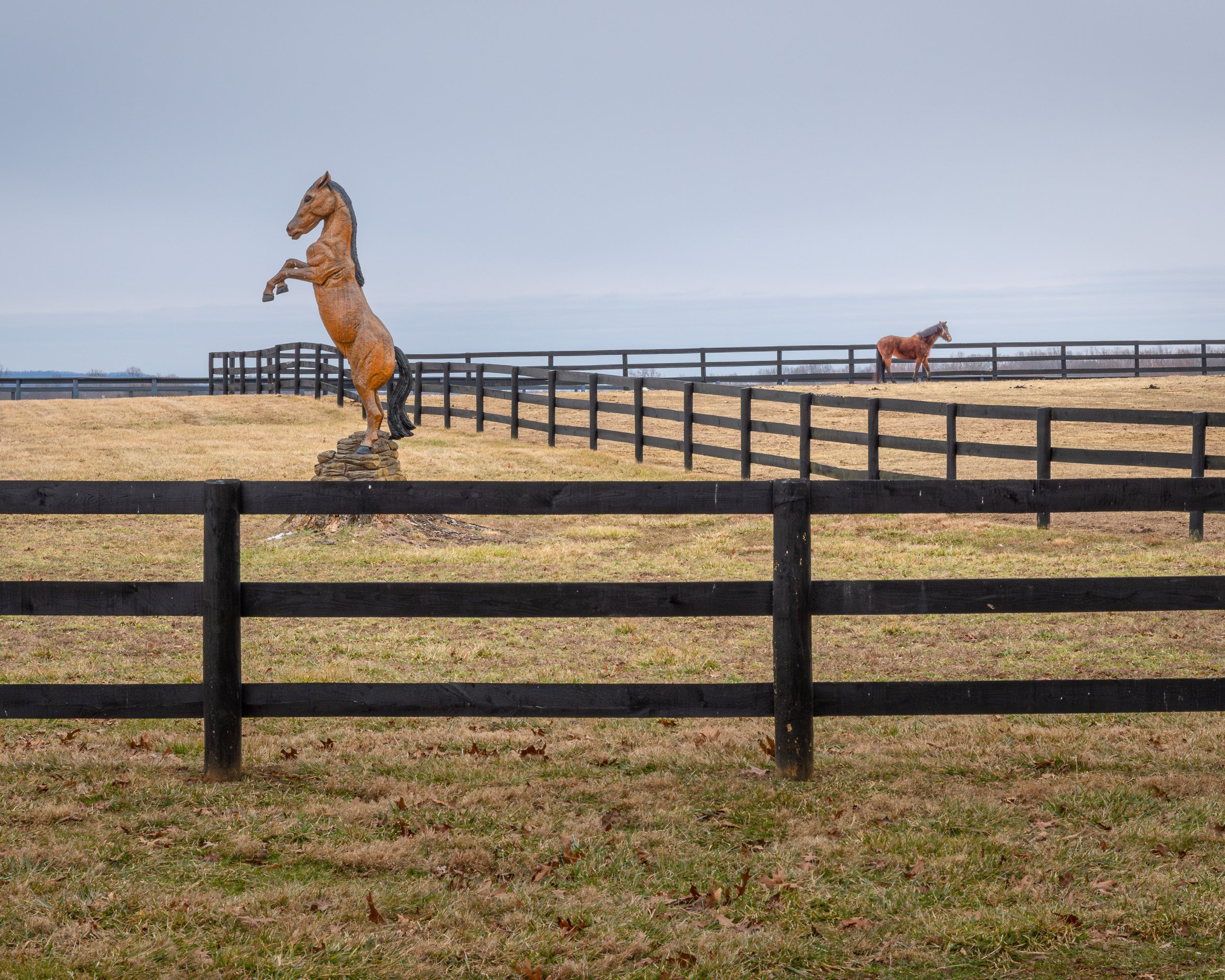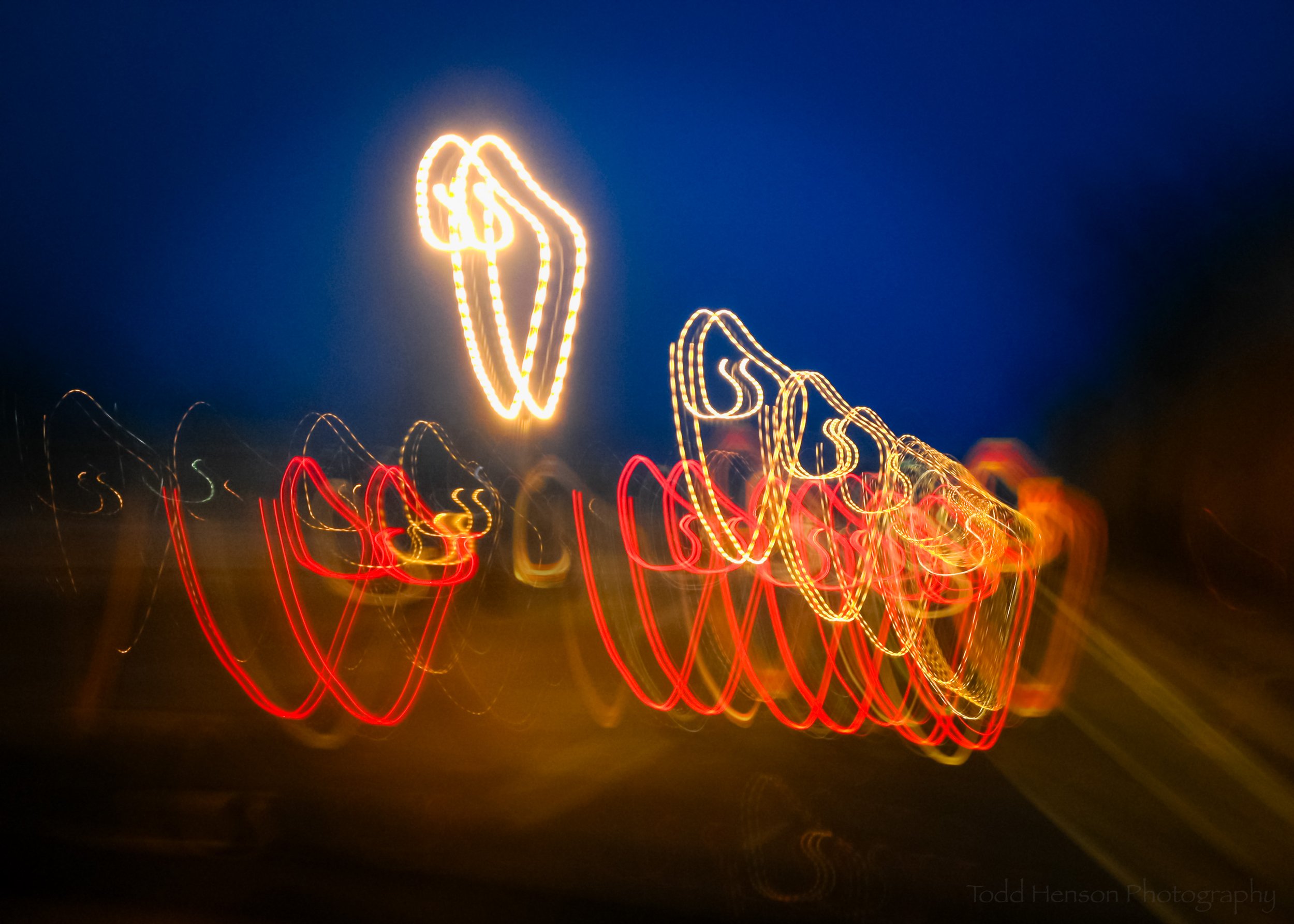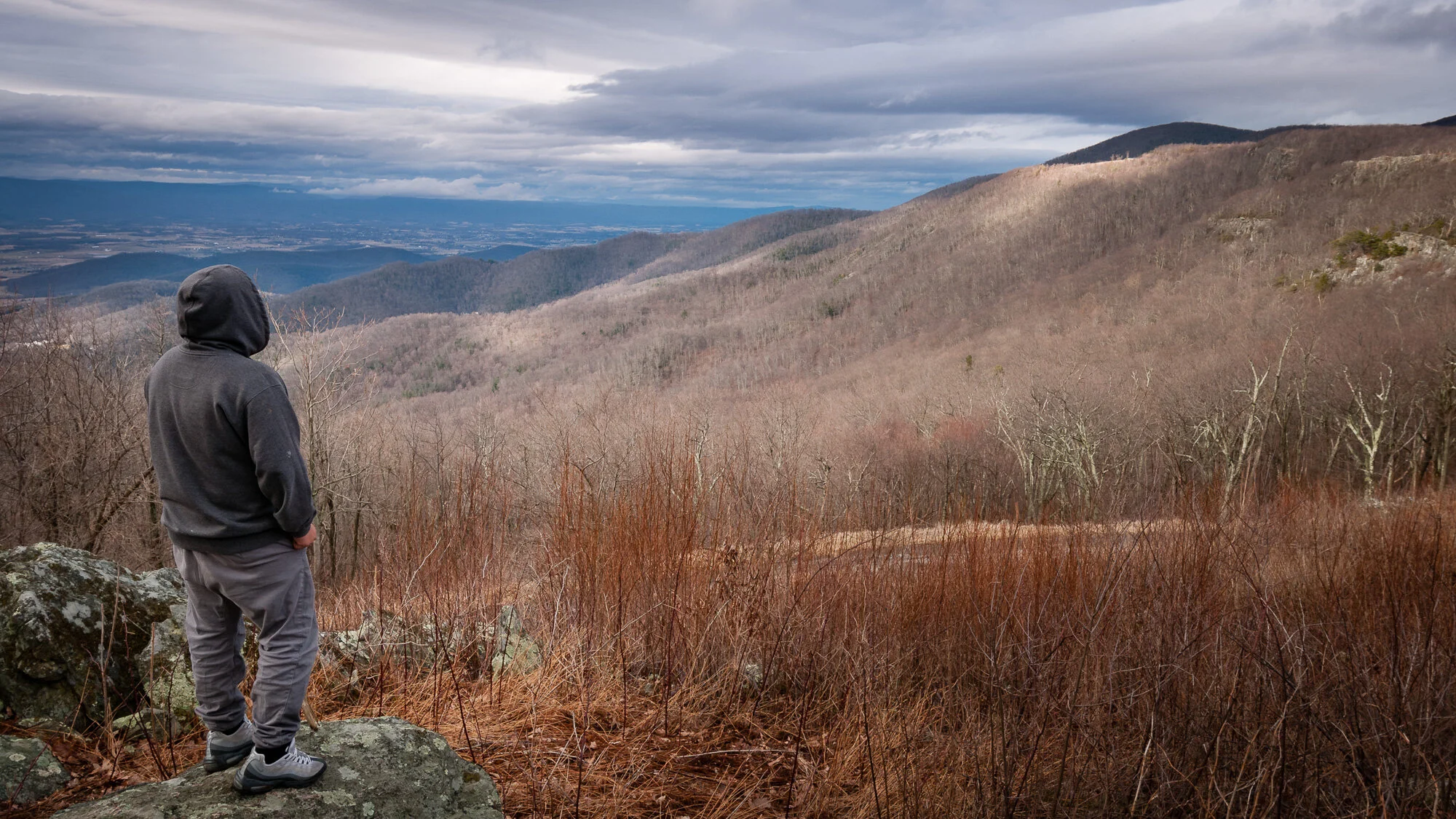It takes time and effort, but it can be a fun and educational exercise to trace the lifecycle of a plant. Today we look at some of the stages of growth of pink lady’s slippers, a type of orchid native to parts of North America and found, in this case, in Virginia.
Note that I didn’t capture all the stages from a single plant. And there are stages I’m unable to witness, such as those that occur below the soil before new growth appears in spring. There may also be later stages I’ve yet to capture. If so I’ll update this page with any more I record.
First Hint of Green
The first hint of green of a pink lady’s slipper just emerging from the soil and a layer of pine needles.
On April 2nd, I found the first signs of growth, this little tip of green just poking through the pine needles next to a fallen tree.
Leaves Form
The young leaves of two pink lady’s slippers. Each has two leaves.
Before long that little tip of green will open into a pair of leaves. Some young plants may take more than a single year before they bloom. These are likely one of those. This photo was created on May 5th.
Green Buds of Pink Lady’s Slippers
Though not yet pink, the pink lady’s slipper begins to take shape with a single green bud between the two leaves.
On April 21st I found this young pink lady’s slipper just beginning to take shape. There’s no pink yet, just a small green bud. But you can begin to see the flower it will become.
Developing Buds
The developing pink lady’s slipper buds are beginning to take on a slight shade of pink.
Different plants develop at different paces. Also on April 21st I found this cluster of young orchids at different stages. You can begin to see some pink in the foremost one. This is where the very first photo of the first hint of green was created. So it took 19 days to go from the first tip of green to this stage of growth.
Pink Lady’s Slippers in Full Bloom!
Finally, we see the pink lady’s slippers in all their glory.
The stage everyone is waiting for, when pink lady’s slippers show off what is sometimes a very vibrant shade of pink. These were all created on May 3rd, and several are the location of the first photo, so in 31 days these plants went from first hint of green to fully in bloom.
A front view of a cluster of pink lady’s slippers.
The same cluster of pink lady’s slippers as above seen from a distance.
A pair of pink lady’s slippers.
A closeup of a pink lady’s slipper in full bloom.
Fading Blooms
A cluster of pink lady’s slippers well past their prime.
On May 12th I found the first signs of fading blooms. This is a different set of plants than the other photos and seems to fade faster than they do, perhaps because it’s more exposed to the sun. You can see how the pink blossoms start to dry out, shriveling up and turning brown.
A closeup of the fading blossom of a pink lady’s slipper, drying, wilting, and turning brown.
And on May 25th all the blooms were either fading or gone. Below are a couple more examples of fading lady’s slipper blooms.
A pair of wilting pink lady’s slippers
A withered pink lady’s slipper. Just behind it is one where the remains of the bloom has already fallen.
After the Flowers Have Fallen
May 25th was when I found most of the flowers had already dropped from the stalks. The flowering season of the pink lady’s slipper is over. We must now wait another year to see these beautiful flowers bloom again, and I very much look forward to that time.
A pink lady’s slipper after the flower has fallen
A pink lady’s slipper after the bloom is gone. Look closely and you may notice an out-of-focus insect up top.
Do you enjoy these posts?
Sign up to receive periodic emails with updates and thoughts. Don’t worry, I won’t spam you. And please consider purchasing artwork or products from my online store, and using my affiliate links in the sidebar to the right when shopping online.
I appreciate your support!
